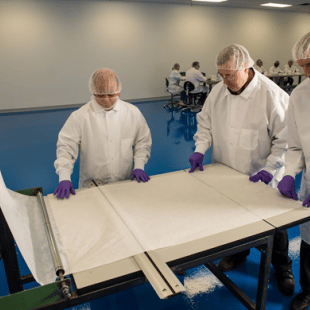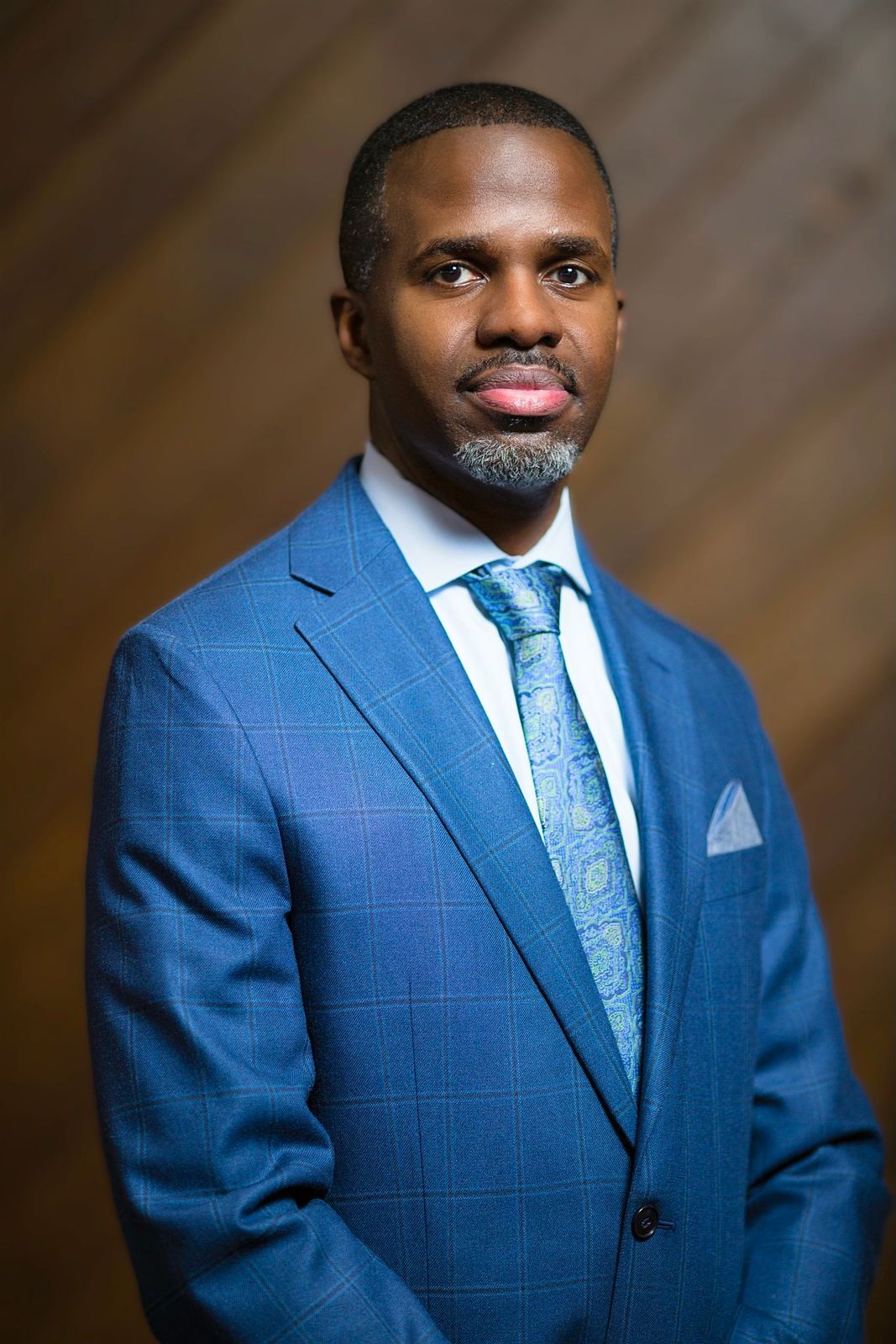Published in the Minnesota Chamber of Commerce 7th Annual 2022 Business Benchmarks: Resiliency and Recovery
It’s nearly impossible to have a conversation with a business leader without talking about workforce. Challenges have evolved but persisted over a decade, with employers in search of skilled workers to fill positions. While the long-term and systemic answers to these challenges will vary by industry and area of the state, there is one organization that proudly boasts, “We have the labor force you need,” and means it.
In 1964, MDI (Minnesota Diversified Industries) started as an Occupational Training Center, but quickly transformed into a social enterprise manufacturer. MDI manufactures plastics, offers production services such as packaging and assembly with a controlled environment medical white room.
They employ hundreds of people with and without disabilities, providing inclusive jobs that provide purpose, independence and empowerment. Minnesota’s employment rate for people with disabilities is 48.4% – that’s almost half the employment rate for people without a disability. According to Eric Black, President of MDI, employers need to reexamine how they look at potential employees with disabilities. “You don’t have to create a job for a person with a disability,” he says.
“They are fully capable of taking on the challenge that employers have today and successfully achieving those jobs, including manufacturing…People with disabilities aren’t limiting themselves, right? It’s the people around them.” He offers simple steps to help employees with disabilities succeed.
“Addressing soft skills; getting people comfortable with working and expressing themselves, so they can communicate their needs… and having the right onboarding programs”.
As the economy emerges from the COVID-19 pandemic, more employers are looking for workers than ever before. There is currently a shortage of 300,000 workers in Minnesota. Yet a high number of people with disabilities are unemployed but looking for work – 11.3%. And more people with a disability have a two-year degree than those without a disability – 35.7% and 34.3% respectively. What is it going to take for employers to include workers with disabilities in their workforce strategy?
 “Everyone has a diversity and inclusion strategy,” says Black. “Many employers can meet – if not exceed – their goals by hiring people with disabilities, because they are multifactorial.” He also suggests that employers examine how diversifying their workforce can “help them achieve higher levels of profitability and capability to meet stakeholder needs.” Employers can also lean on companies like MDI and a coalition they lead called Unified Work, which advances employment opportunities through a model that helps businesses successfully attract, hire, train and support employees with disabilities.
“Everyone has a diversity and inclusion strategy,” says Black. “Many employers can meet – if not exceed – their goals by hiring people with disabilities, because they are multifactorial.” He also suggests that employers examine how diversifying their workforce can “help them achieve higher levels of profitability and capability to meet stakeholder needs.” Employers can also lean on companies like MDI and a coalition they lead called Unified Work, which advances employment opportunities through a model that helps businesses successfully attract, hire, train and support employees with disabilities.
“At MDI, our goal is to employ 2,500 people by 2026. And we need other employers to step up and take part in this.”